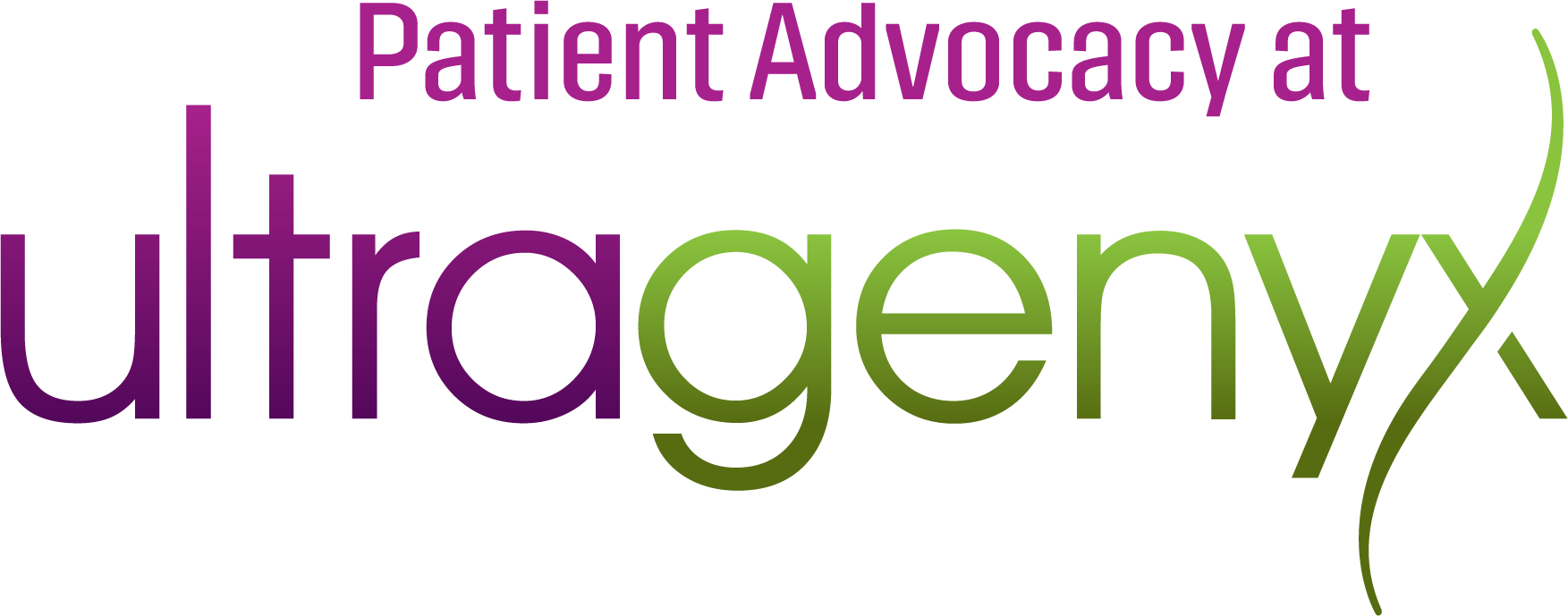What is mRNA?
mRNA is a molecule found in the cells of everyone’s body.1 It stands for messenger ribonucleic acid. It is a type of RNA, a nucleic acid found in cells.1 DNA is the other type of nucleic acid in cells.1-3
What does mRNA Do?
Since DNA can’t leave the nucleus, it makes a single strand copy of its code called RNA, which carries the code outside the nucleus.4,5 Messenger RNA activates the instructions it gets from DNA. That information includes instructions for making proteins, which are very important for the body to work properly. mRNA carries the instructions to the cytoplasm, which is where the proteins are made.1,6 The cytoplasm contains tiny particles called ribosomes, which act as protein builders or “copy machines.”7
What is an mRNA Therapy?
Since mRNA tells the body how to make proteins, an mRNA therapy is designed to address the root cause of a disease by replacing a protein that is missing or doesn’t function properly. With the goal of creating a therapeutic effect, mRNA is packaged in a delivery system known as a lipid nanoparticle, or LNP, and is typically given by an intravenous (IV).
How is an mRNA Therapy Designed to Work?
After the mRNA-LNP is in the body, it is designed to carry the right instructions to the target cells and tissues. Once inside the cells, the lipid nanoparticle breaks down and releases the mRNA. Then, the idea is that through a process called translation, the cell machinery could create the working protein using the instructions provided by the mRNA.
Like many kinds of medicine, mRNA therapy is given in repeat doses. A benefit of this is that the mRNA dose can be changed based on a person’s response, which allows for more personalized treatment.
Why use mRNA Therapy?
Scientists discovered that mRNA is a potentially viable option for rare diseases in which the missing or poorly functioning protein is too large to be delivered via the most common gene therapy vector. Glycogen storage disease III, or GSDIII, is an example of such a disease. mRNA may also be an option for those people who have antibodies to common gene therapy vectors.
References
- mRNA. NCI Dictionary of Cancer Terms. National Cancer Institute; 2020. https://www.cancer.gov/search/results?swKeyword=mrna. Accessed November 2, 2020.
- RNA. NCI Dictionary of Cancer Terms. National Cancer Institute; 2020. https://www.cancer.gov/search/results?swKeyword=RNA. Accessed November 2, 2020.
- What is DNA? U.S. National Library of Medicine, Genetics Home Reference. https://medlineplus.gov/genetics/understanding/basics/dna/. Published September 17, 2020. Accessed November 2, 2020.
- Deoxyribonucleic acid (DNA). National Human Genome Research Institute; 2020. https://www.genome.gov/genetics-glossary/Deoxyribonucleic-Acid. Accessed December 1, 2020.
- Ribonucleic acid (RNA). National Human Genome Research Institute; 2020. https://www.genome.gov/genetics-glossary/RNA-Ribonucleic-Acid. Accessed December 1, 2020.
- Cytoplasm. NCI Dictionary of Cancer Terms. National Cancer Institute; 2020. https://www.cancer.gov/search/results?swKeyword=cytoplasm. Accessed November 2, 2020.
- Ribosome. National Human Genome Research Institute; 2020. https://www.genome.gov/genetics-glossary/Ribosome. Accessed December 1, 2020.
